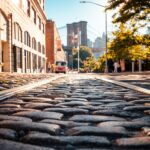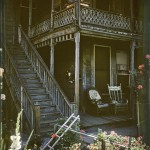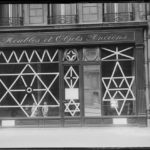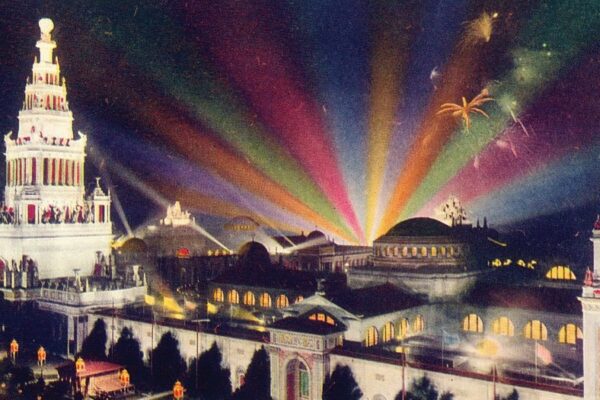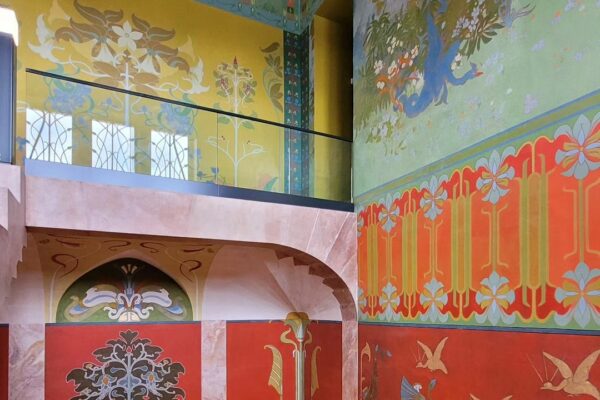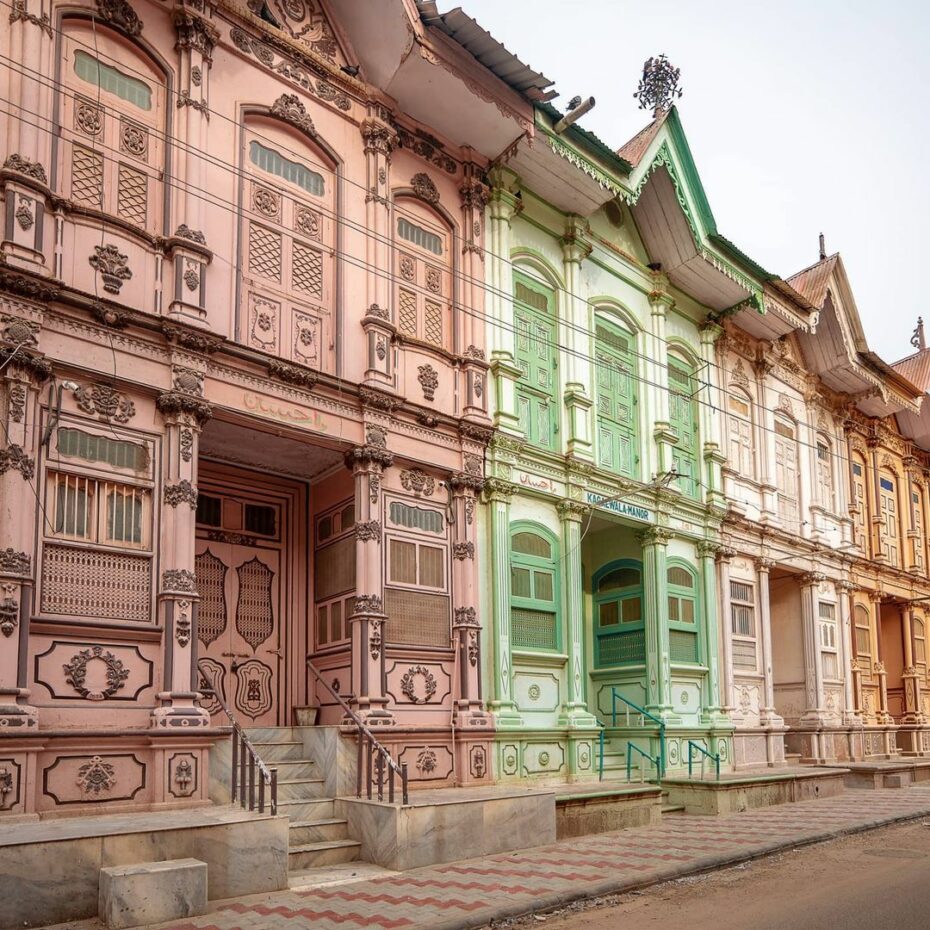
With their exquisite facades in pastel shades, replete with balconies, pointed gables and elaborate monograms, the Vohrawad mansions are a wonder to behold. One could easily be forgiven for assuming these grand dames stand somewhere in Europe, but today, we’re taking you to Sidhpur, in the Indian state of Gujarat. Almost deserted today, their decadent opulence transports visitors back to an epoch of great wealth and multiculturalism in India’s eclectic history.
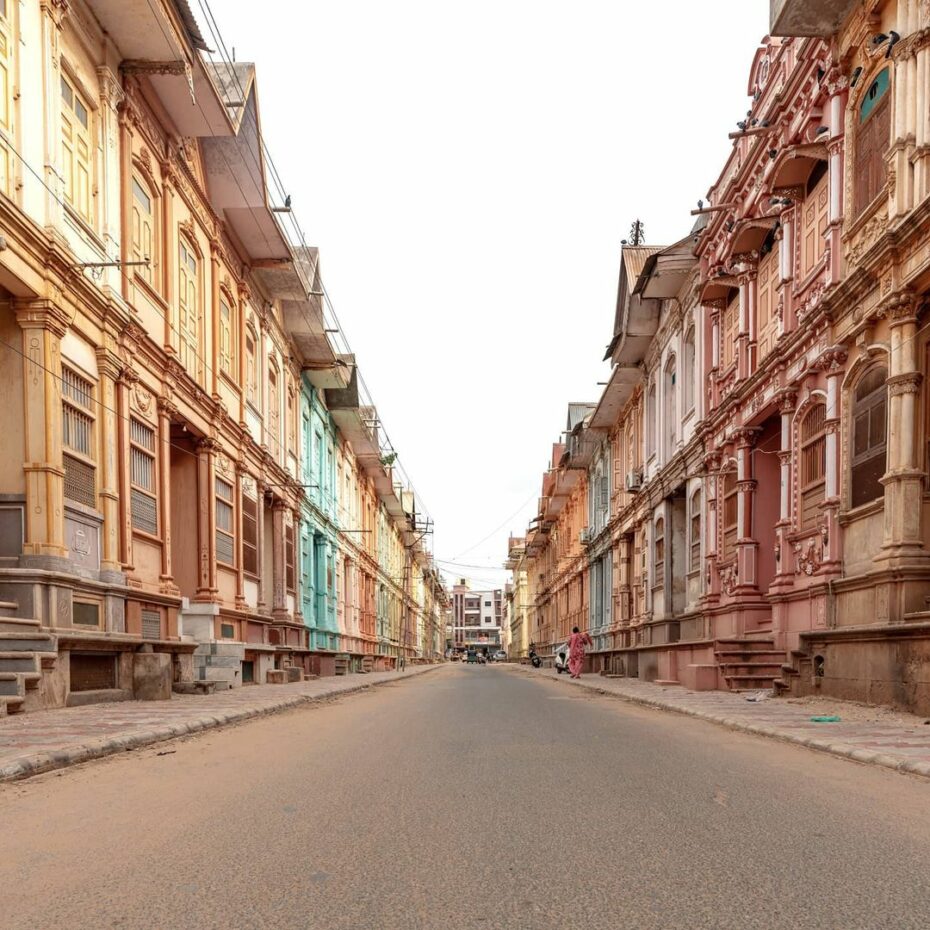
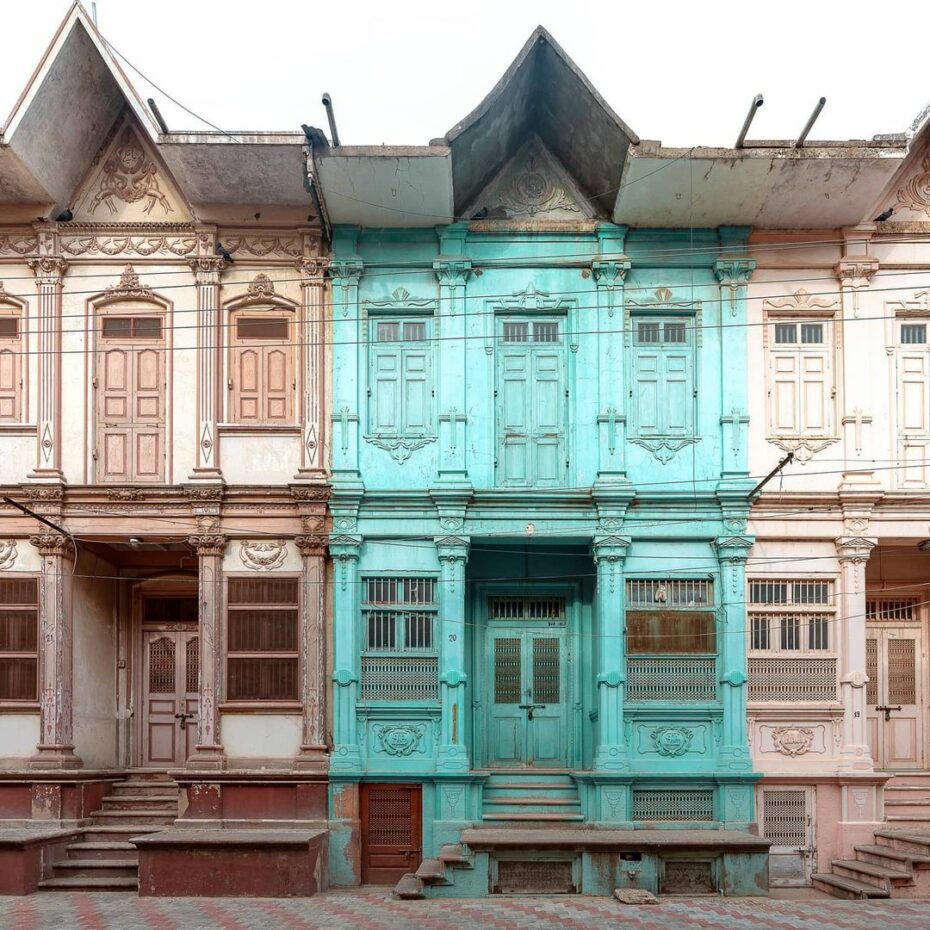
This historic enclave was built in the nineteenth and early twentieth century by a wealthy sect of Shia Muslims called the Dawoodi Bohras, a progressive, educated Shia Muslim community who, to this day, have a significant presence in Gujarat and other Indian cities. Originally from Egypt, they migrated to Yemen, then India approximately 450 years ago, where they traded as merchants, selling hardware, glass and textiles. During the Victorian era, the Bohras, or Vohras as they are known locally, became extremely wealthy and invested in property. As the community tended to stay together, they constructed entire neighbourhoods that became known as Bohrawads (or Vohrawads), resulting in streets lined with grand mansions that still take tourists’ breath away today, even in their present state of neglect and decay. Sadly, as so often happens, life changed and younger generations drifted away as new opportunities arose, leaving the neighbourhood to deteriorate.
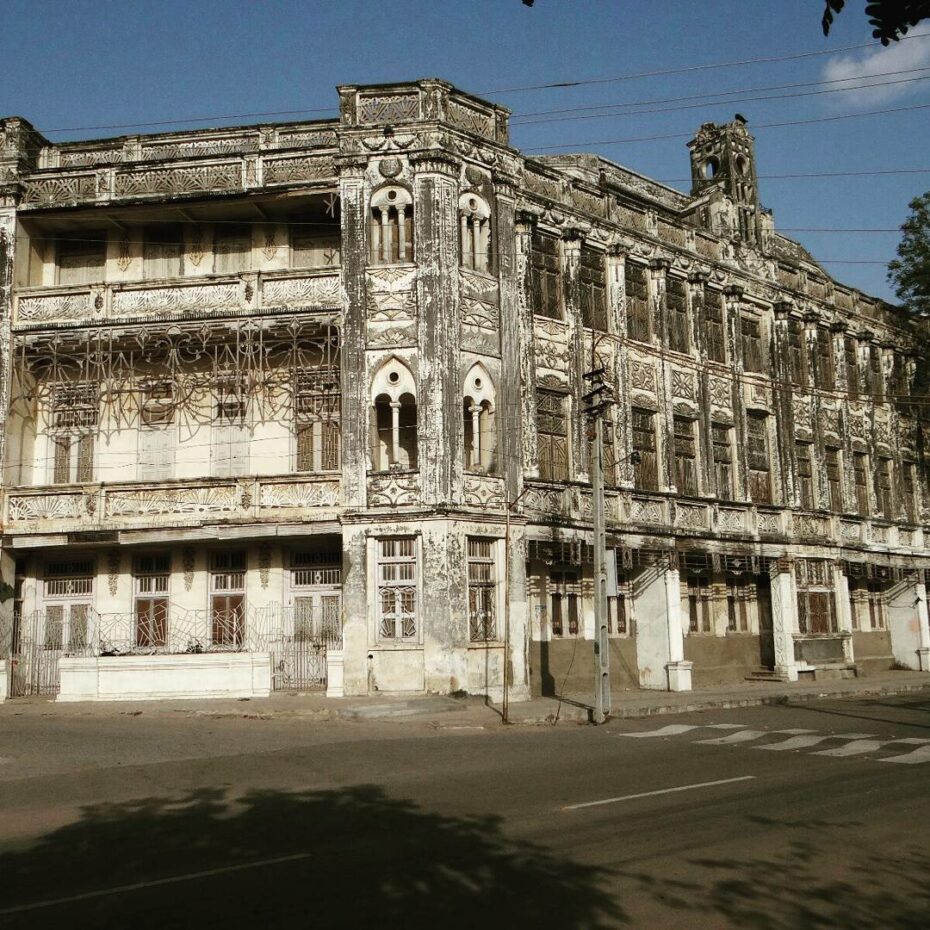
It only takes a little imagination to picture Vohrawad in its heyday; vibrant busy streets complete with beautiful mosques and multicoloured houses, each more grand than its neighbour, designed to nurture a close knit community. The architecture itself holds connectedness at its heart.
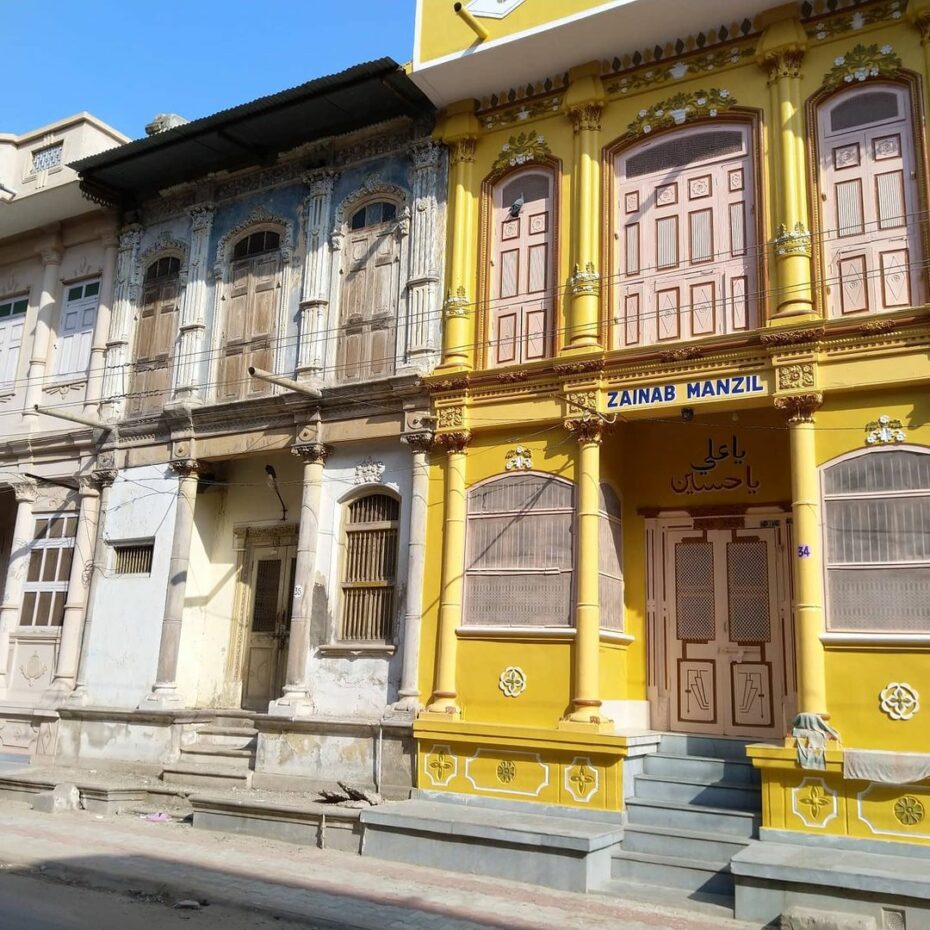
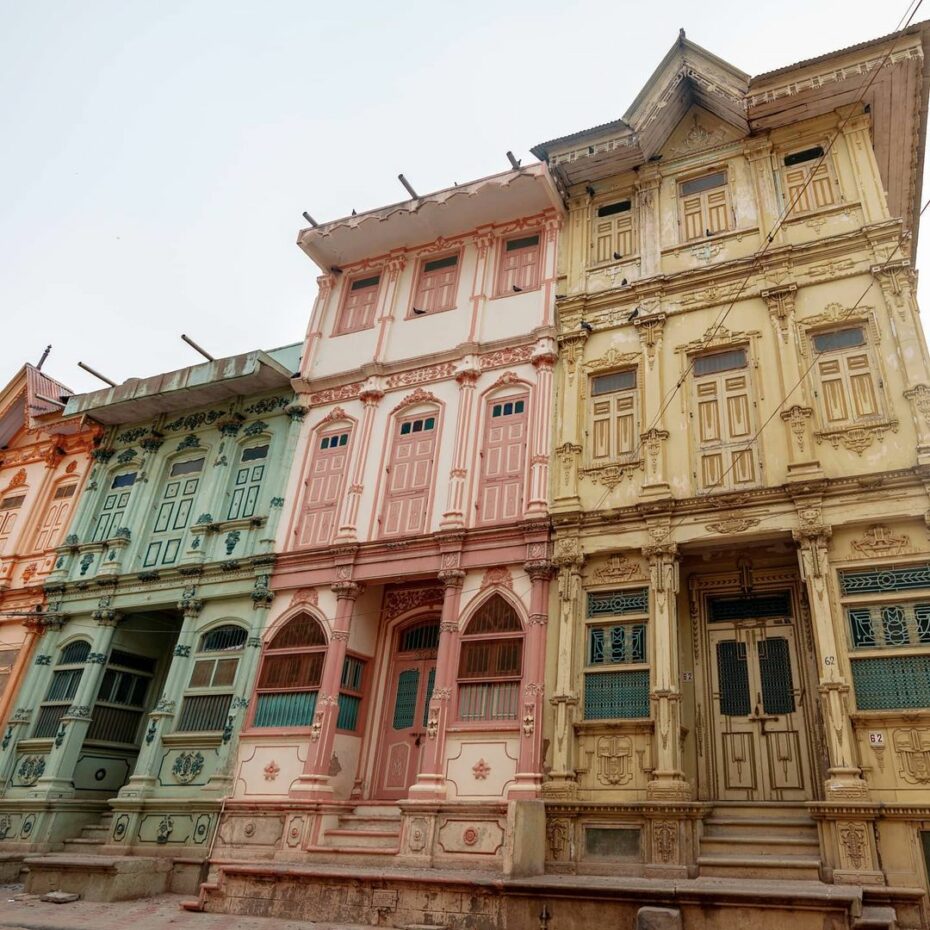
Built on a grid system, narrow, deep houses, three or four stories high, could hold entire Bohra families. Upper floors were often occupied by married sons. A small inner courtyard, separated from the house by a metal grille for safety, supplied ventilation and protection during extreme summers and winters, while creating a vertical shaft allowing families on different floors to communicate with ease. Most shared walls with other families on either side and the richly decorated front windows were central to community life. The streets, now largely empty, once buzzed with conversations held from these windows without neighbours having to leave their respective homes. An article by Himanshu Burte on livemint.com explains:
“The main living floor is 4-5ft above street level, built over a basement. Small but comfortable windows or window seats open into the street. This slight height allows the seated person to keep a distance from the street while almost being part of the action […] he or she can easily lean out to talk to a passer-by, child, neighbour or vendor.”
The windows also served another purpose; as the main architectural feature on the front of the house, the decoration ‘framed’ a person at the window. ‘This architecture, then,’ as Burte says ‘makes people look good’ which could only have boosted business. Talk about curb appeal.
‘The Show’ seems to have been integral to these neighbourhoods. Each facade, embellished to the hilt, bears a monogram unique to its owner. Names like Surat Wala and Zainab Manzil are a lasting tribute to the families who built, lived in and loved these homes.

It is difficult to pin down the architectural style of the Bohra mansions which is hardly surprising given that this was a community of merchant traders whose livelihood depended upon travel. There is a strong European spirit, featuring elements of neoclassicism and maximalist baroque ornamentation, but unlike European buildings, these houses are constructed from wood, a technique which is quintessentially Gujarati. The window seat, so prominent in Vohrawad, is another common element of Indian architecture. There is also a strong Islamic influence upon the Dawoodi Bohras, present in the extensive use of geometric patterns and in the absence of human or animal figures, normally so prevalent in Indian design but forbidden in Islam.
The impressive facade of these mansions offers a tantalising flavour of the riches that must exist inside, but visitors are currently unable to see the interiors as almost all are deserted and padlocked. Luckily for us, in 2013, the American photographer Sebastian Cortes was able to gain access, resulting in his series of hauntingly beautiful images called ‘Sidhpur: Time Present Time Past’. In an interview for the Dawoodi Bohras’ official website, talking about the town, Cortes said “I would feel safe to say that it incorporates elements that span from neoclassical European, including art nouveau, and touching Indian Gothic. But if you begin to look closely, you can find other influences; this variety makes Sidhpur a marvel for the eye”.
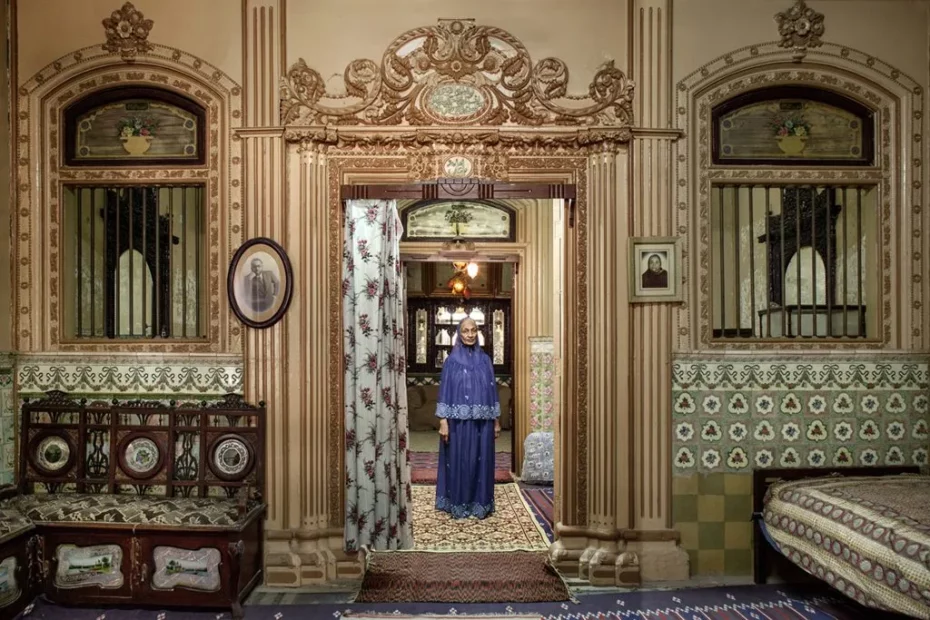
In 2014 an exhibition of his pictures was organised by the Tasveer Gallery in Bengaluru, the first in-depth photographic exploration of Sidhpur’s Dawoodi Bohra community. He captured a faded glamour; a jewel box of empty rooms, concealing graceful staircases, rosewood panelling, chandeliers and painted Belgian mirrors, unlocking for us an alluring glimpse inside a brief, yet wonderfully rich era.
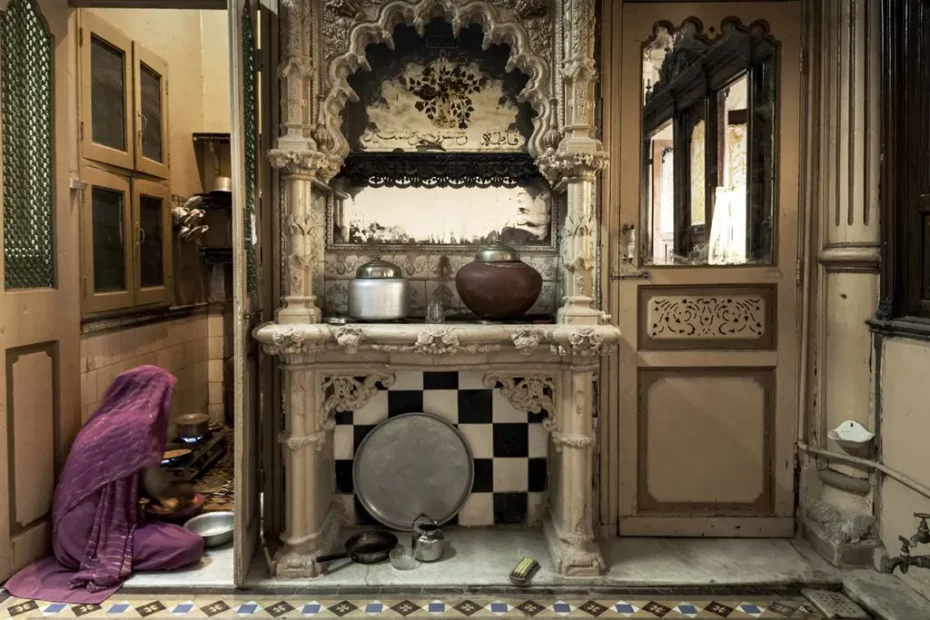
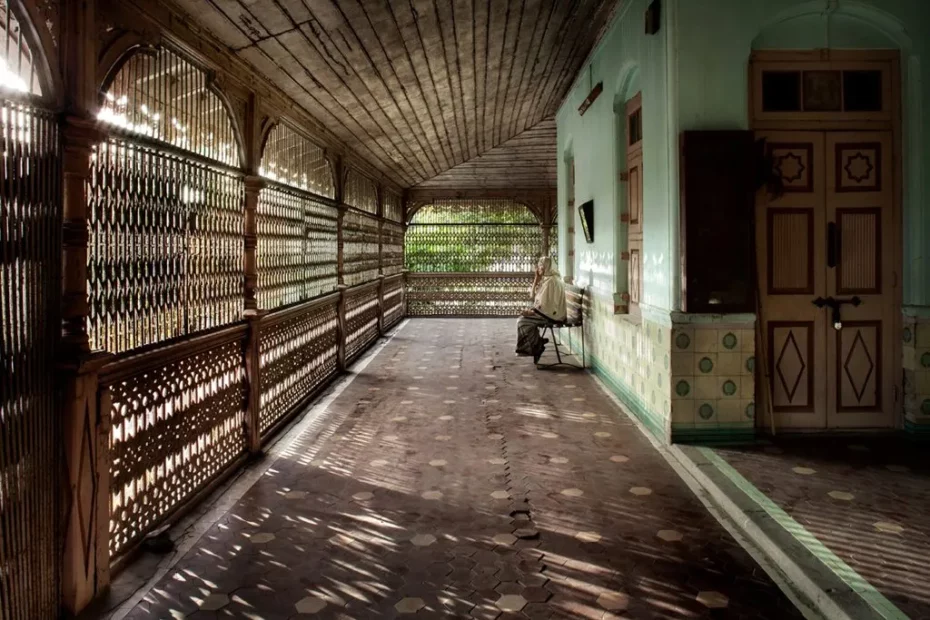
On first sight, Vohrawad seems like a ghost town but a few families still call it home. Rama Toshi Arya describes how she met some of the locals in her blog:
‘I saw one door slightly ajar and hesitantly asked the elderly lady seated by the window, “Must be scary living all alone in this empty lane.” She immediately shook her head. “No. Not at all. There are three houses still occupied in this street. Together we make sure everyone’s home is still safe.” Seeing my confusion, she broke into a huge smile. “This is my home. How can it be scary? I grew up here.” (ramaarya.blog)
How beautiful to witness a community spirit still thriving, even in its significantly reduced state.
So what does the future hold for the Vohrawad mansions? Local people, looking to make money in real estate, appear happy on the whole to wave goodbye to this homage of their past, and some have already been demolished to make way for modern buildings. Indeed many residents in Sidhpur seem to bemused by tourists photographing and showing interest in their crumbling old homes. In a country where wealth is on the rise, but poverty is still endemic, perhaps we should not sit in judgement of the selling of these mansions, after all they are mostly empty and people need to survive and thrive. Regarding the majestic streets with their faded beauty and grandeur, however, one can’t help but feel that Sidhpur is losing something irreplaceable.


